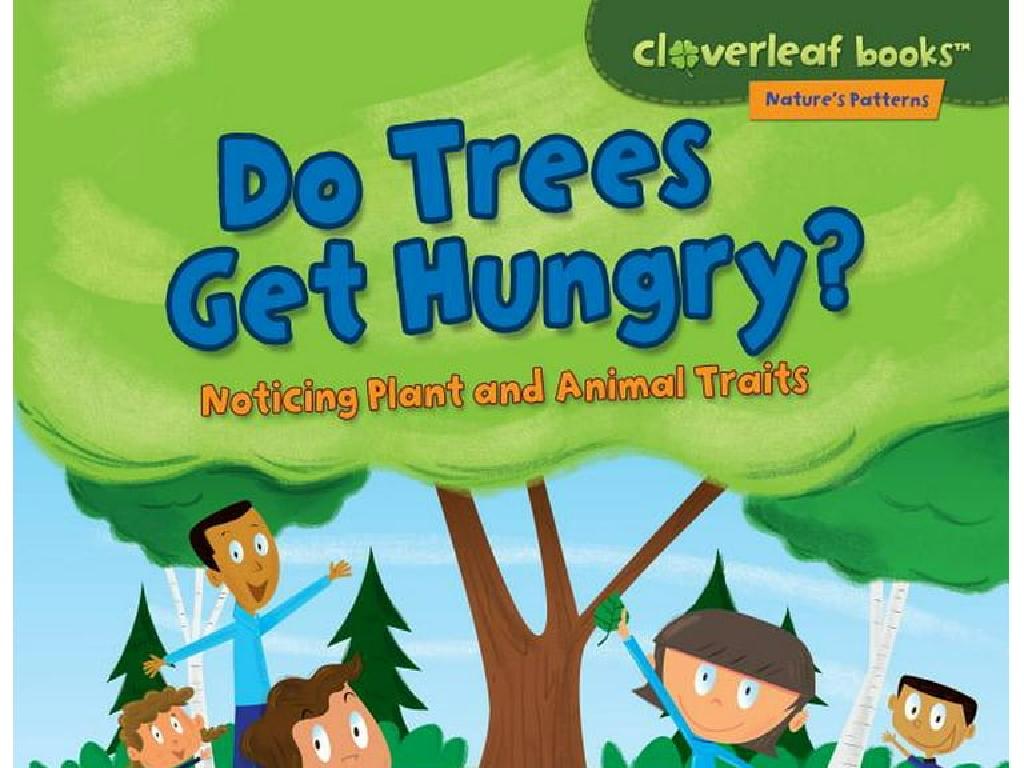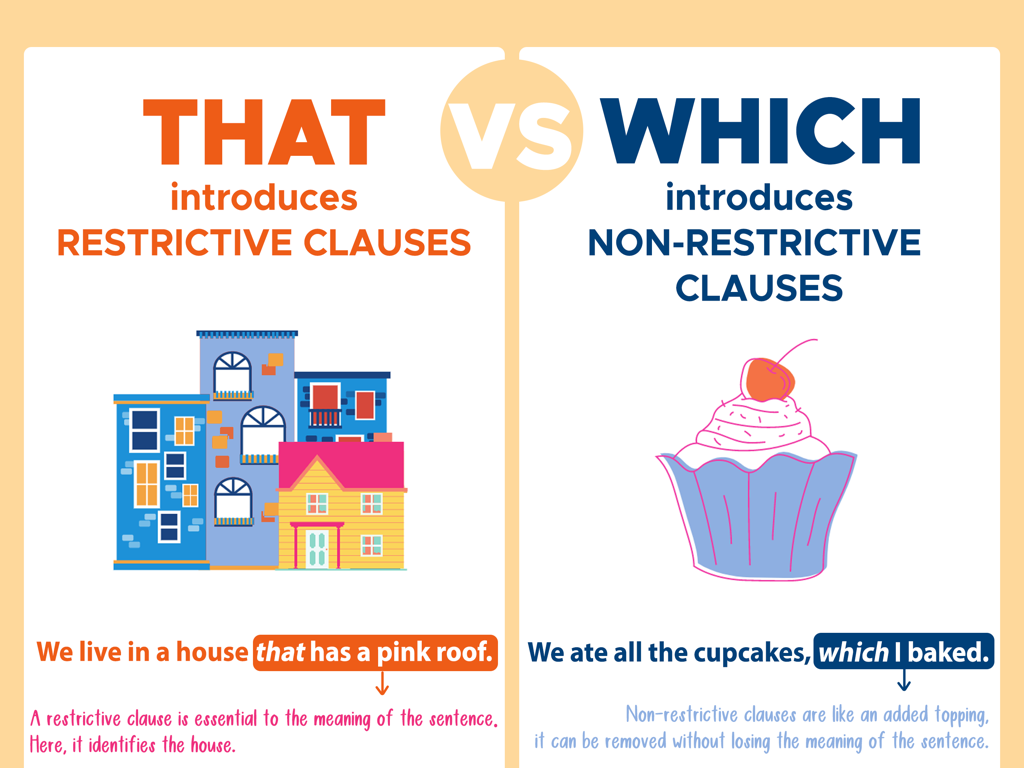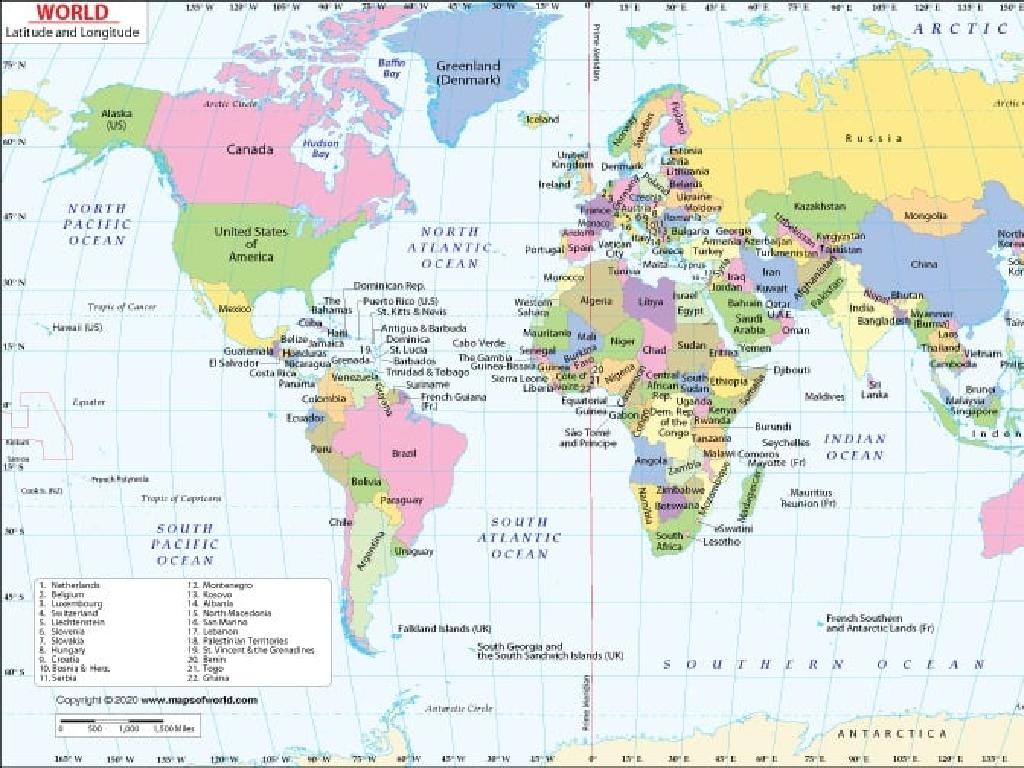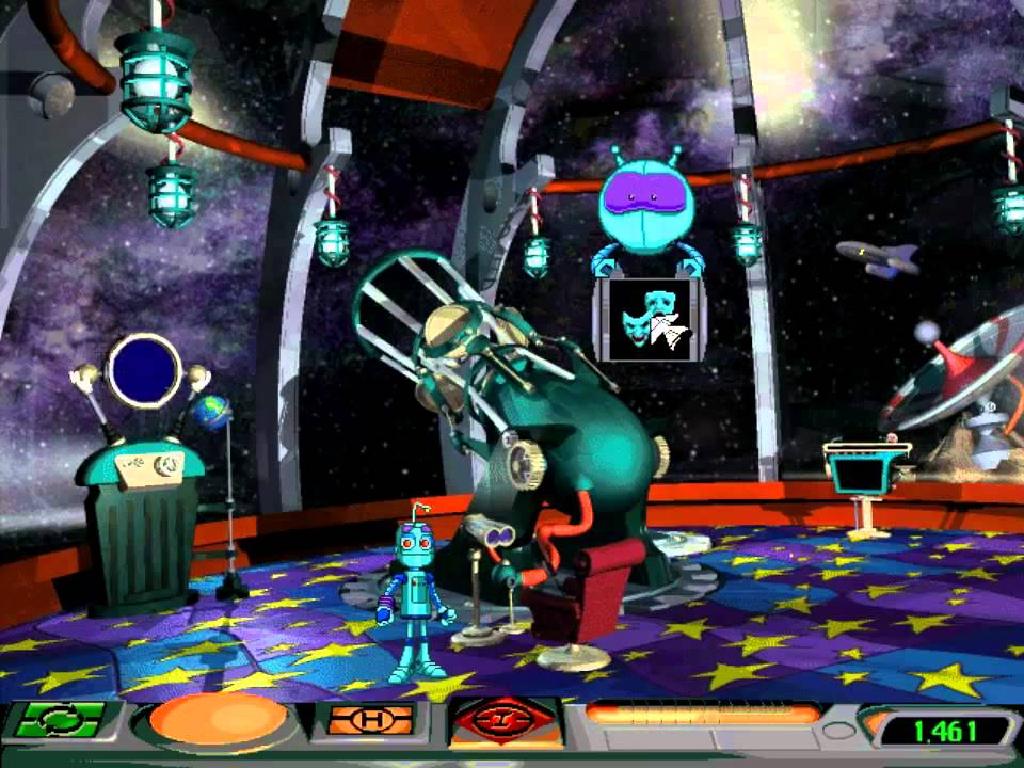Subtraction Sentences Up To 5 - What Does The Model Show?
Subject: Math
Grade: Kindergarten
Topic: Understand Subtraction Up To 5
Please LOG IN to download the presentation. Access is available to registered users only.
View More Content
Welcome to Subtraction!
– Subtraction means taking away
– If you have 4 apples and eat 1, you have 3 left
– We’ll subtract from numbers up to 5
– Use objects to understand subtraction
– Imagine 5 cookies on a plate, and 2 are eaten. How many are left?
– Practice with subtraction sentences
– Examples: 5 – 2 = 3 or 3 – 1 = 2
|
This slide introduces the concept of subtraction to Kindergarten students. Subtraction is explained as the process of taking away items from a group, and the focus is on numbers up to 5 to keep it simple for young learners. Use tangible objects like toys or snacks to visually demonstrate subtraction, making it easier for the children to grasp. Encourage the students to use their fingers or draw pictures to solve subtraction problems. The goal is to make them comfortable with basic subtraction sentences and understand that subtraction is about finding out ‘how many are left’ when some are taken away.
What is Subtraction?
– Subtraction means taking away
– Example with 5 apples
– If you start with 5 apples and give 2 away, you have 3 apples left.
– Using pictures to understand
– Visual aids like pictures make it easier for us to see subtraction.
|
This slide introduces the concept of subtraction to Kindergarten students by relating it to a simple real-life scenario involving apples. Start by explaining that subtraction is the process of taking something away. Use the example of having 5 apples and giving 2 away to illustrate this concept, and then show how we end up with 3 apples to help them understand the result of subtraction. Emphasize the use of visual aids, such as pictures or physical objects, to make the concept more tangible for young learners. Encourage students to visualize the subtraction process and to use their fingers or drawings to represent the apples being taken away. This will help them grasp the basic idea of subtraction as a means of determining how many items are left after some are removed.
Learning Subtraction: Sentences Up to 5
– Subtraction sentence elements
– A subtraction sentence includes numbers and a minus sign (-).
– Example: 5 – 2 = 3
– Taking 2 away from 5 leaves us with 3.
– ‘Difference’ in subtraction
– The result of subtraction is called the difference.
|
This slide introduces the concept of subtraction sentences to Kindergarten students. Begin by explaining that a subtraction sentence is a way to show taking away using numbers and a minus sign. Use simple examples like 5 – 2 = 3 to illustrate this concept, ensuring to use physical objects like blocks or fingers to help them visualize the process. Emphasize the term ‘difference’ as the name for the answer in a subtraction sentence. Encourage students to think of subtraction as a ‘taking away’ action and practice with different numbers up to 5 to solidify their understanding.
Let’s Practice Subtraction Together!
– Count the shaded blocks
– Subtract shaded from total
If 5 blocks are all we have, and 3 are shaded, what’s 5 minus 3?
– How many blocks are left?
– Write the subtraction sentence
Example: 5 blocks – 3 shaded = 2 not shaded
|
This slide is an interactive class activity designed to help Kindergarten students understand the concept of subtraction by using visual aids like blocks. Start by asking the students to count the number of shaded blocks. Then, explain that subtraction means taking away, and ask them to imagine taking away the shaded blocks from the total. Ask the students how many blocks are left to reinforce the concept of subtraction. Finally, guide them to write the subtraction sentence that represents the action they’ve just described. For example, if there are 5 blocks and we take away 3 shaded ones, we have 2 left, so the sentence is 5 – 3 = 2. Encourage the students to use their fingers or physical blocks to practice this concept during the activity.
Subtraction with Our Fingers
– Start with 5 fingers up
– Put 2 fingers down
– Count fingers still up
– How many fingers are left up?
– Understand 5 – 2 = 3
– This shows subtraction: taking away 2 from 5 leaves us with 3
|
This slide introduces the concept of subtraction using a hands-on approach with fingers, which is very relatable for Kindergarten students. Start by showing all five fingers, then put two fingers down to demonstrate the subtraction of two. Ask the students to count the remaining fingers to find the answer. This visual and physical representation helps them understand that subtraction means taking away. Encourage the children to use their own fingers to practice subtracting different numbers up to 5. This activity can be done in pairs or groups to foster interaction and discussion about the subtraction process.
Subtraction Story Time
– Start with 5 toys in a story
– 1 toy goes away
– How many toys left?
– Use fingers or objects to count
– Write the subtraction: 5 – 1 = 4
– Show subtraction as taking away
|
This slide introduces the concept of subtraction through storytelling, which is an effective way for Kindergarten students to grasp mathematical concepts. Begin with a simple story involving 5 toys to make the problem relatable. Ask the students to visualize one toy going away, prompting them to think about the change in the number of toys. Encourage them to use their fingers or classroom objects to physically represent the subtraction, reinforcing the concept that subtraction is taking away. The equation 5 – 1 = 4 should be written out to show the relationship between the story and the numerical expression. For the activity, have students create their own subtraction stories with different numbers up to 5, use toys or drawings to illustrate their stories, and write the corresponding subtraction sentences.
Class Activity: Subtraction Hunt
– Find objects to subtract in class
– Practice subtraction with them
– Say subtraction sentences aloud
– For example, ‘5 crayons minus 2 crayons equals 3 crayons’
– Understand subtraction visually
– Seeing the objects helps grasp subtraction
|
This interactive activity is designed to help Kindergarten students understand the concept of subtraction by physically engaging with objects in their environment. Teachers should facilitate the activity by guiding students to gather items in the classroom, such as blocks or crayons, and then encourage them to form groups and subtract items from each group. As they perform the subtraction, prompt them to verbalize what they are doing using subtraction sentences. This reinforces the learning process and helps them associate the action with the mathematical concept. Possible variations of the activity could include subtracting different colored objects, subtracting items from a set picture, or even subtracting sounds or claps. The goal is to make subtraction tangible and fun.






